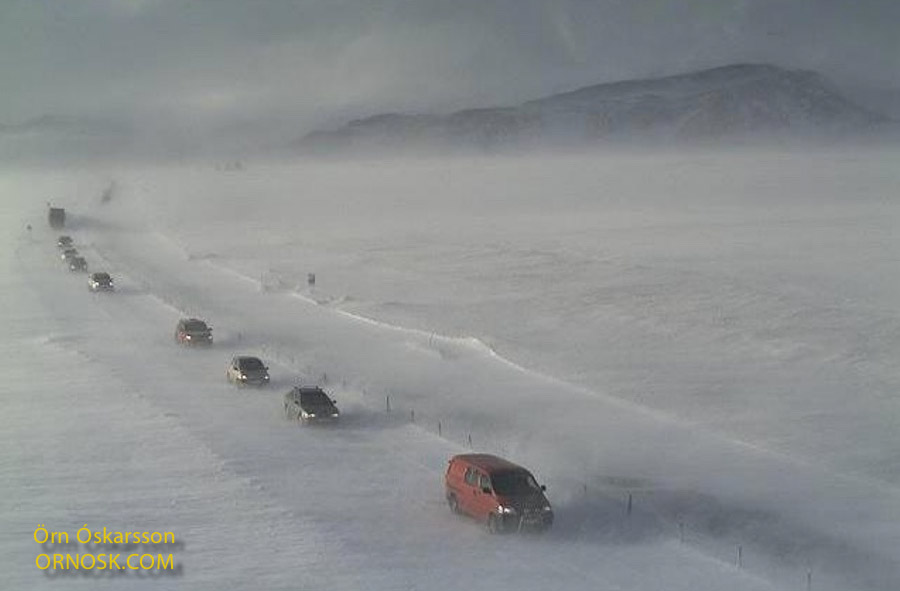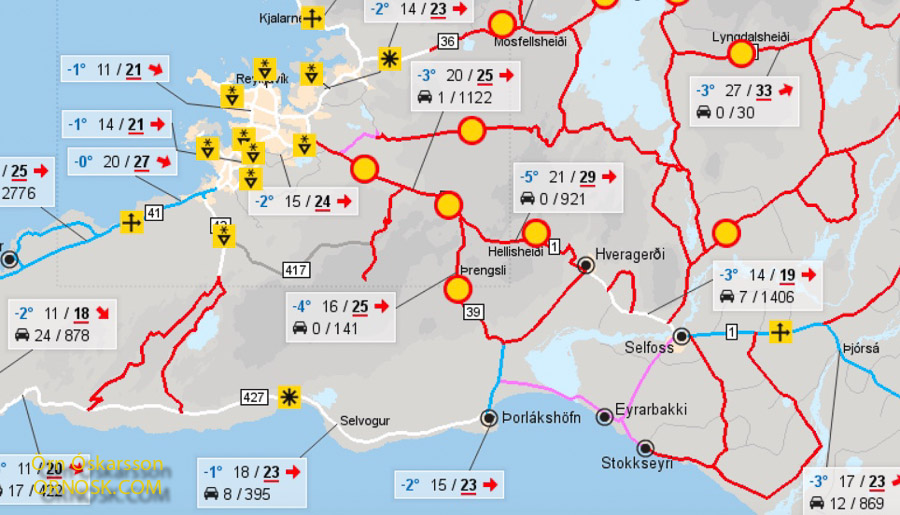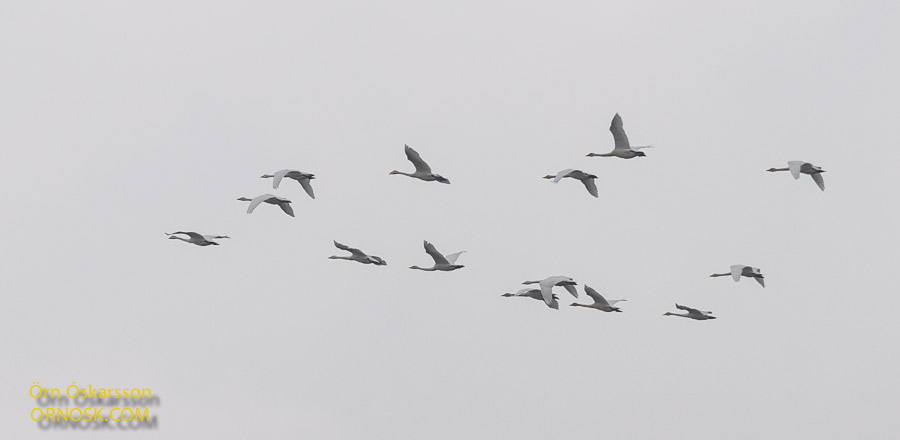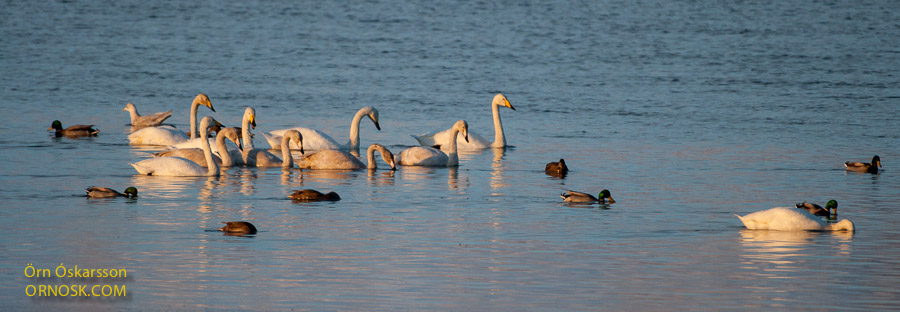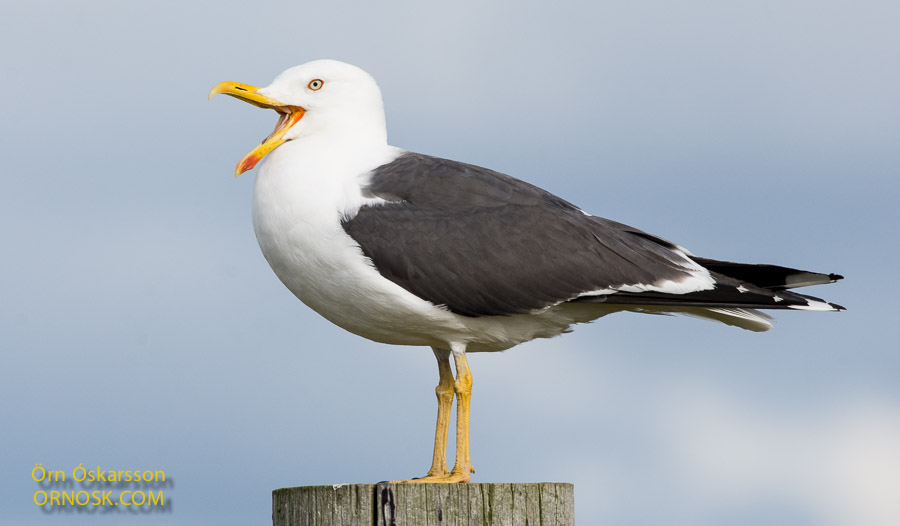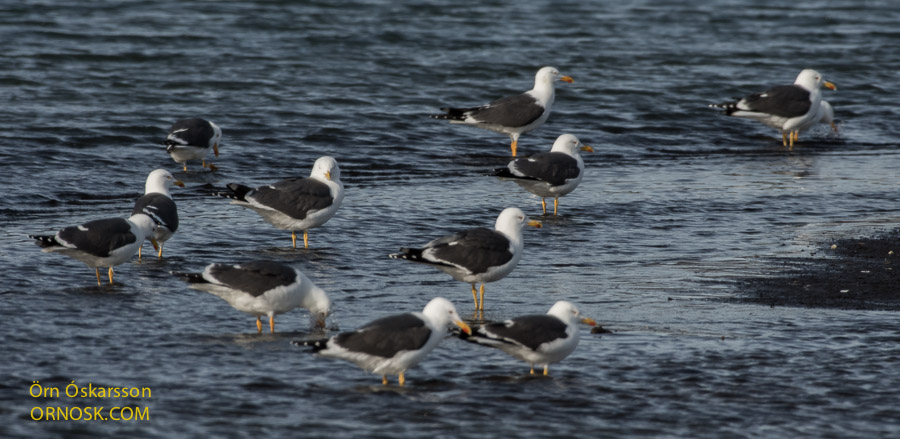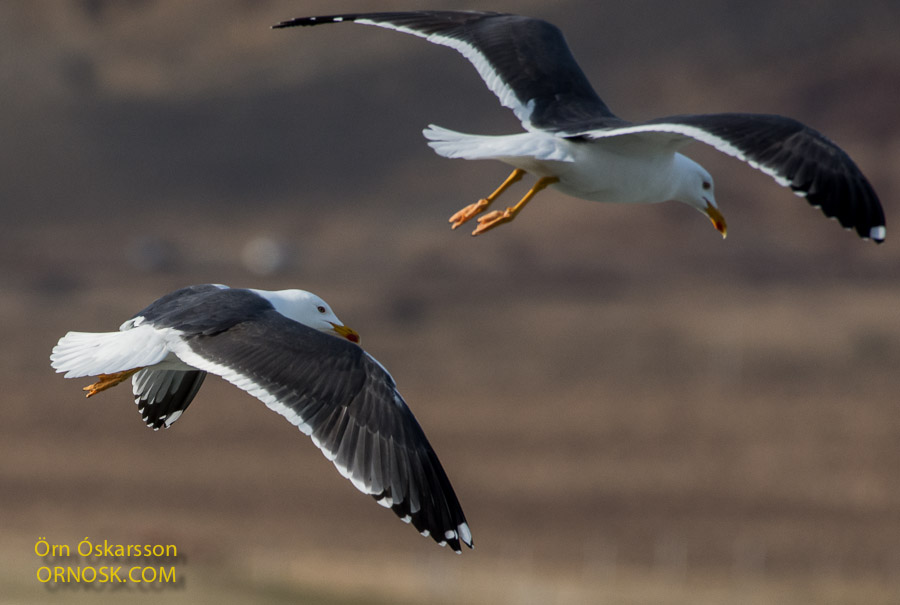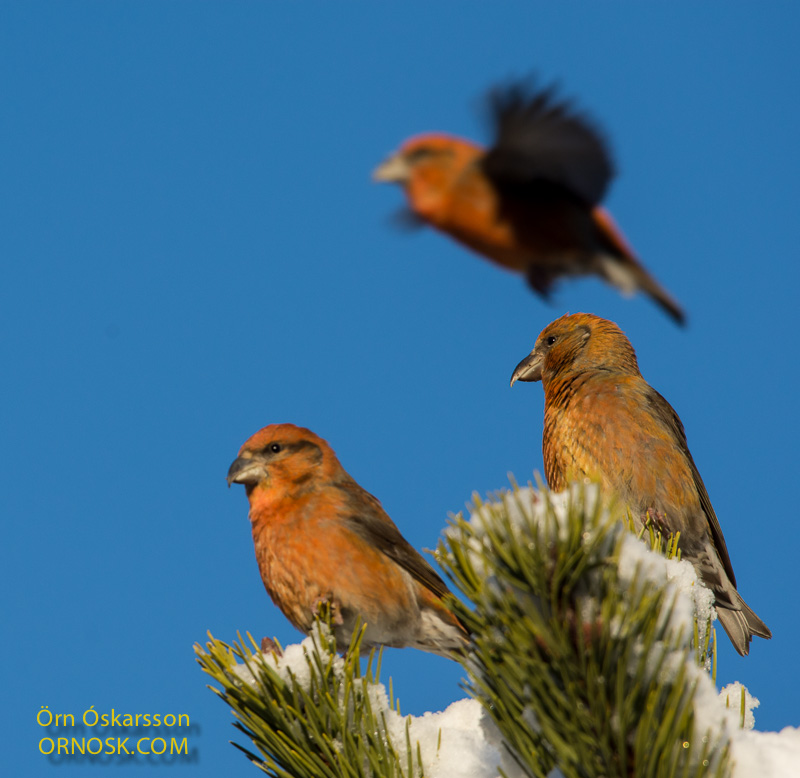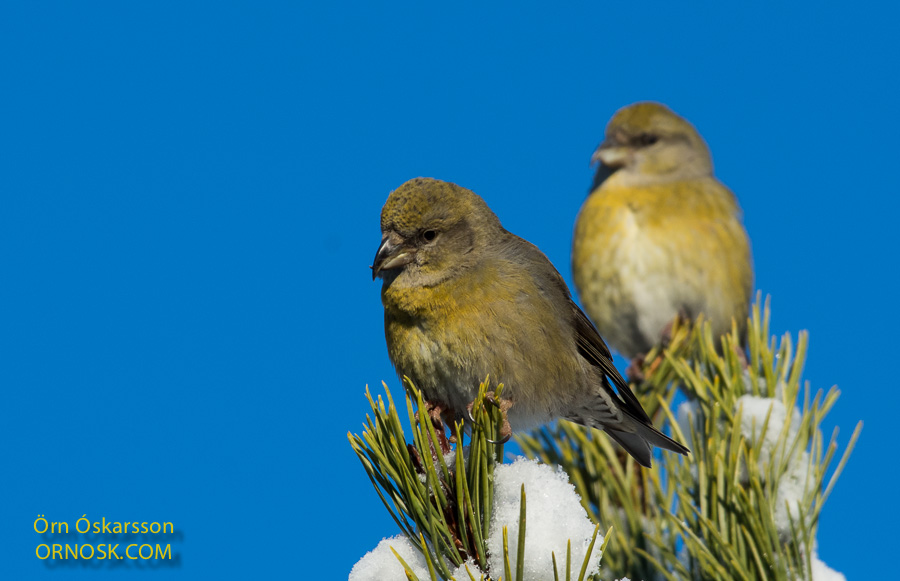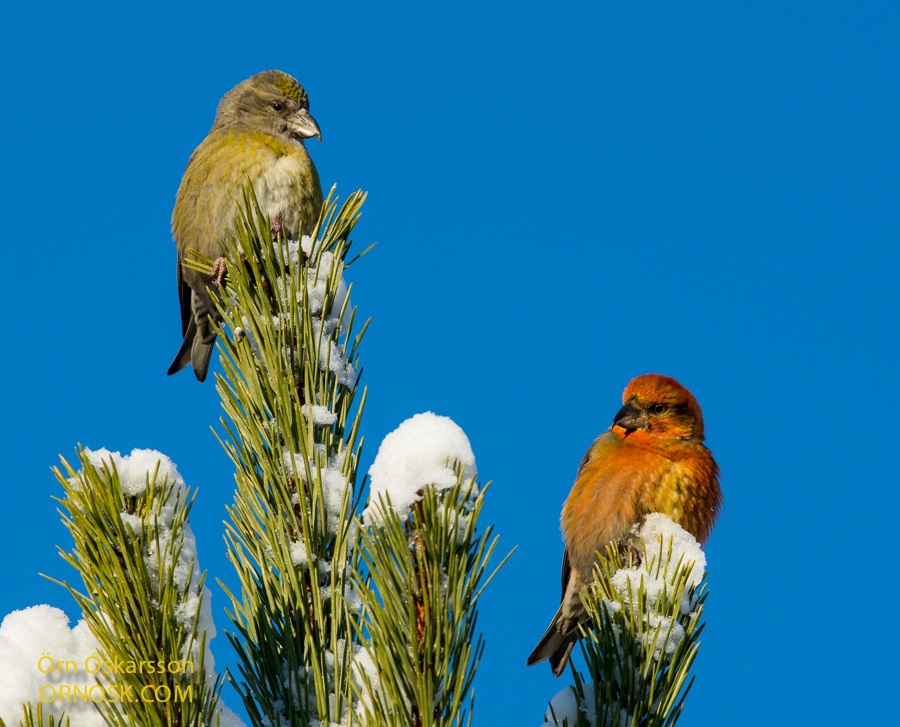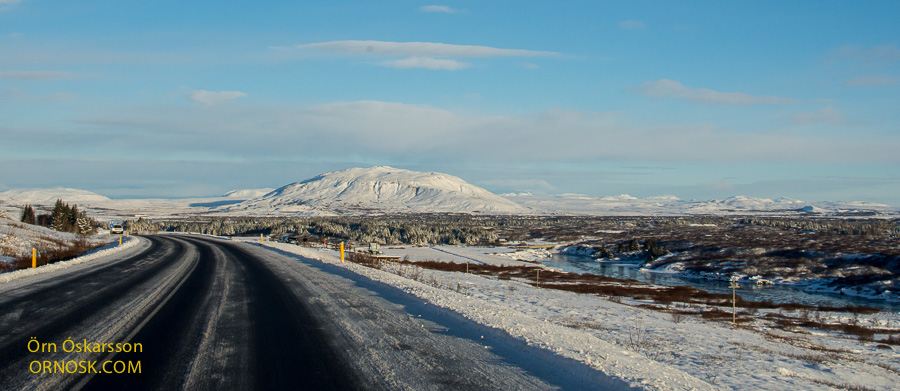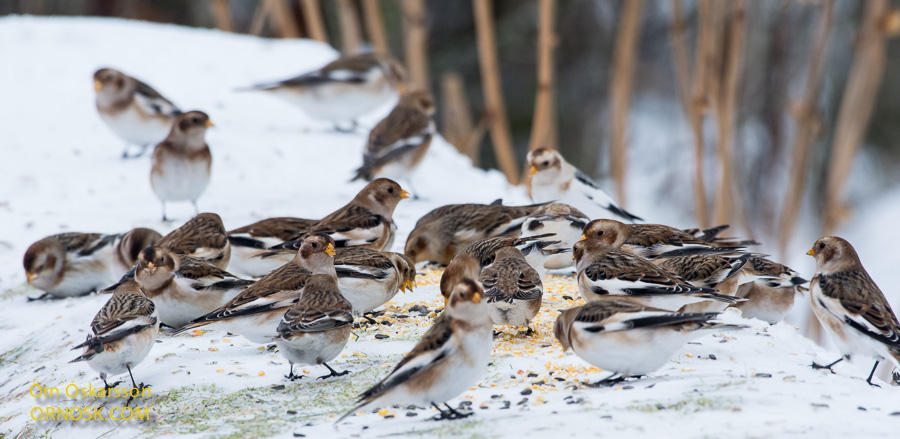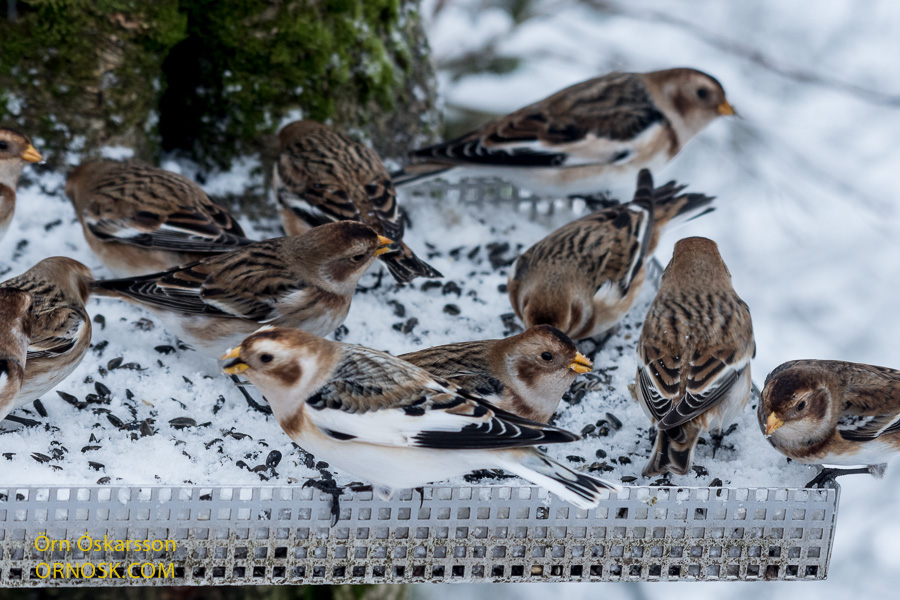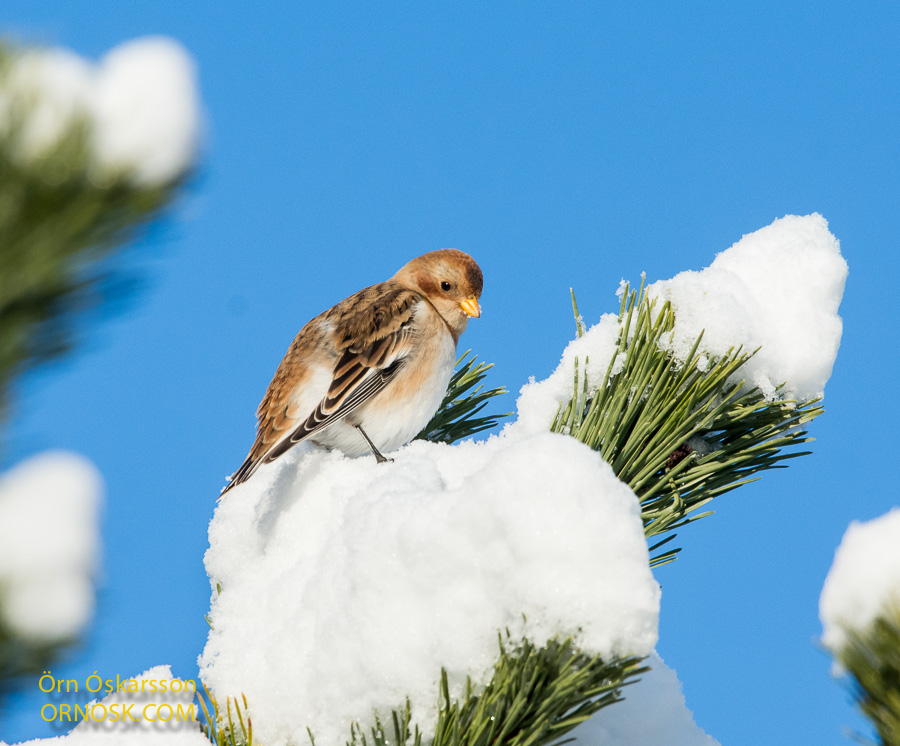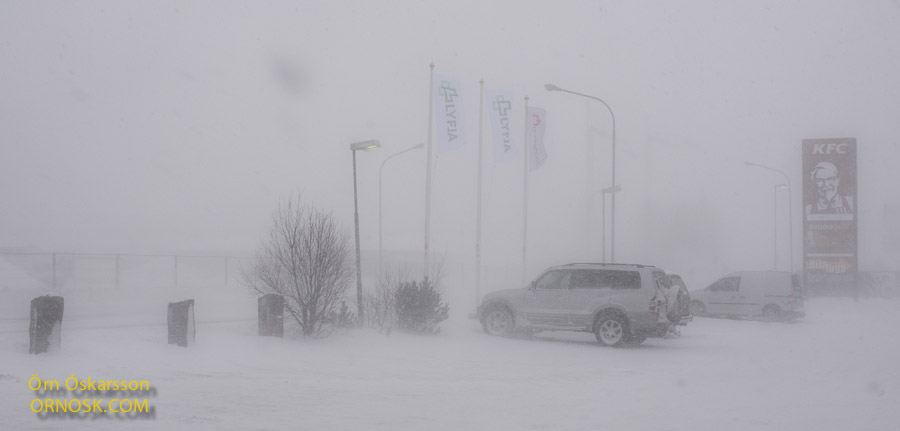
At last we can look forward to some warmer days, according to the forecasts, and hopefully less windy. February has been very turbulent, with storms and snowstorms every other day, resulting in road closures, flight cancellations and the like. Lots of locals, along with the constantly growing numbers of tourist, have had to change their travelling plans. There is no weather guaranty when travelling in Iceland in the winter time. Locals tend to use the summer for travelling, enjoying the warmth of their well insulated geo-thermally heated houses in winter, rather than taking any risks with the turbulence of the Icelandic climate.
